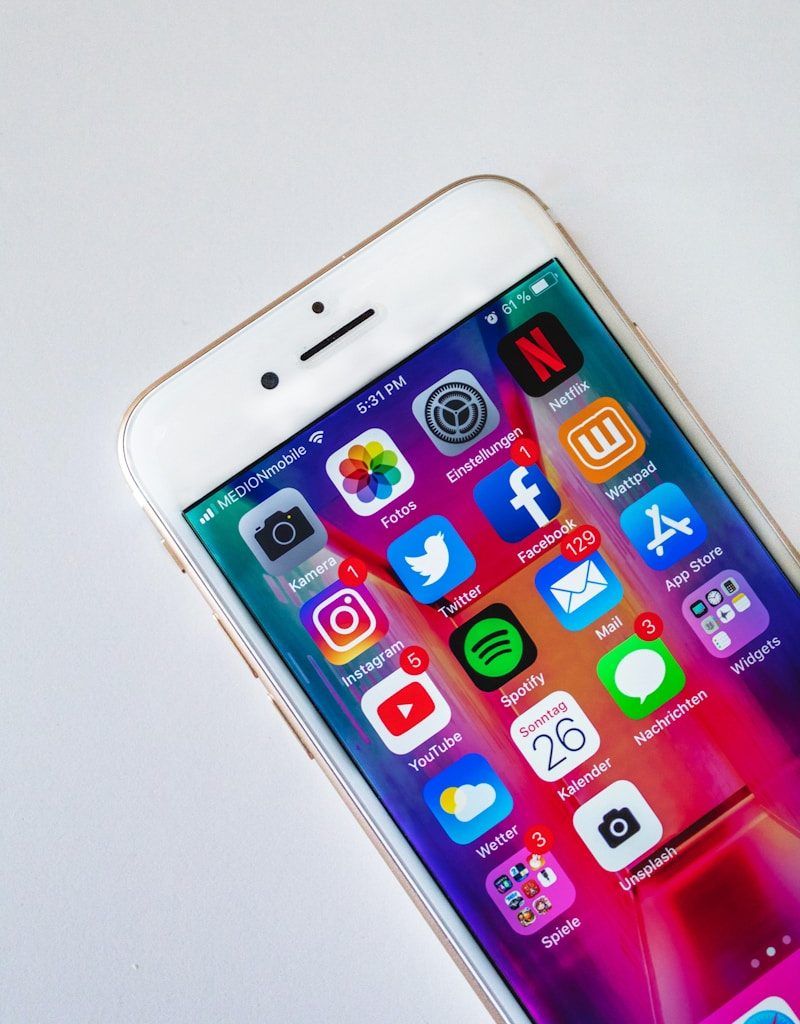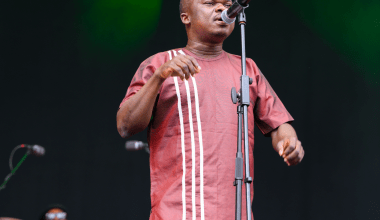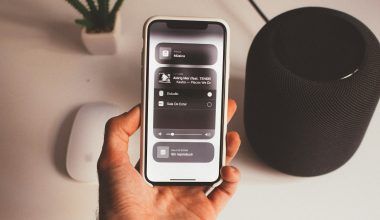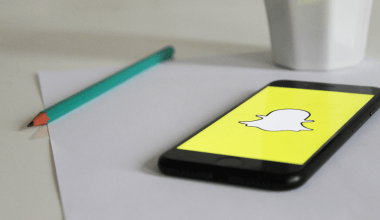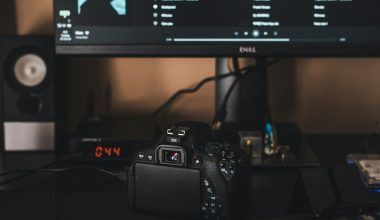Spotify, a leading music streaming platform, revolutionized the way music is consumed worldwide. With millions of tracks and billions of users, it’s a go-to platform for music lovers. However, many wonder, how does Spotify pay artists? Understanding the payment structure is key for artists aiming to earn revenue through streaming.
Spotify uses a royalty-based payment model. This means artists earn a portion of the revenue generated by streams. But the process isn’t as straightforward as it sounds. Various factors, like stream count, listener location, and agreements with record labels, influence the payout.
How Spotify Calculates Royalties
Spotify doesn’t pay artists per stream directly. Instead, it operates on a pro-rata model, where total subscription and ad revenue is pooled. Artists earn a share of this pool based on the percentage of total streams their music accounts for.
For instance, if an artist’s songs account for 1% of all streams in a given month, they receive 1% of the royalty pool. This method ensures all artists receive a proportional payout based on their audience engagement.
The Role of Record Labels and Distributors
Most artists don’t receive royalties directly from Spotify. Payments often go through record labels, distributors, or aggregators. These intermediaries play a significant role in determining the artist’s final earnings. Some labels take a large cut, leaving the artist with a smaller portion of the payout.
For independent artists, platforms like TuneCore and CD Baby act as distributors, offering more transparency and higher shares compared to traditional record labels.
Factors Affecting Spotify Payments
Several elements influence how much an artist earns:
- Stream Count: More streams mean higher earnings.
- Listener Location: Streams from countries with higher subscription rates yield more revenue.
- Subscription Type: Streams from premium users generate higher payouts than free-tier users supported by ads.
- Revenue Pool: The total monthly subscription and ad revenue impacts the overall royalty distribution.
Understanding these factors is crucial for artists who aim to maximize their earnings from Spotify.
Challenges Artists Face with Spotify Payments
Despite its popularity, Spotify’s payment model has faced criticism. Many argue that payouts per stream are too low. On average, artists earn between $0.003 and $0.005 per stream. For emerging artists, this can be disheartening, as they need millions of streams to make significant earnings.
Additionally, the pro-rata model has been criticized for favoring mainstream artists with massive followings, often sidelining smaller or niche musicians.
Ways Artists Can Boost Their Earnings on Spotify
- Promoting Music Actively: Leveraging social media and collaborations to increase streams.
- Focusing on Playlists: Getting featured on popular Spotify playlists can exponentially boost streams.
- Engaging Fans: Directly connecting with listeners through Spotify for Artists tools helps maintain a loyal audience.
- Releasing Consistently: Regular releases keep an artist’s music fresh and relevant, encouraging more streams.
By employing these strategies, artists can maximize their presence and revenue on Spotify.
Comparing Spotify with Other Platforms
When considering how Spotify pays artists, it’s important to compare it with other streaming services. Platforms like Apple Music, Tidal, and Amazon Music offer varying payout structures. Tidal, for example, is known for its higher royalty rates, while Apple Music offers a simpler payment model.
Artists should diversify their music distribution to maximize earnings across multiple platforms.
The Future of Artist Payments on Spotify
Spotify continues to evolve its payment system. With growing criticism and calls for fairness, the company is exploring alternatives, such as a user-centric payment system, where individual subscription fees are directly allocated to the artists users listen to most. This model could provide a more equitable distribution of royalties.
However, implementing such changes on a global scale poses challenges, including technical complexities and resistance from stakeholders.
Why Independent Artists Are Thriving
Independent artists have found a new lifeline through Spotify and similar platforms. Without the constraints of traditional labels, they retain a larger share of their earnings. Tools like Spotify for Artists empower musicians to analyze data, tailor strategies, and connect directly with fans.
For these artists, understanding how does Spotify pay artists is essential for financial success and growth.
Final Thoughts
Spotify has undeniably changed the music industry. While it offers a platform for artists to reach a global audience, the payment system remains a contentious issue. For artists, understanding the nuances of Spotify’s royalty model is crucial to making the most of their music careers. By leveraging promotional tools and diversifying revenue streams, artists can navigate the challenges and thrive in the digital music landscape.
For further reading, explore these related articles:
- The Rise of the Number 1 Artist on Spotify in 2022
- The Ultimate Guide to Song Identifier Tools for YouTube
For additional resources on music marketing and distribution, visit DMT Records Private Limited.
